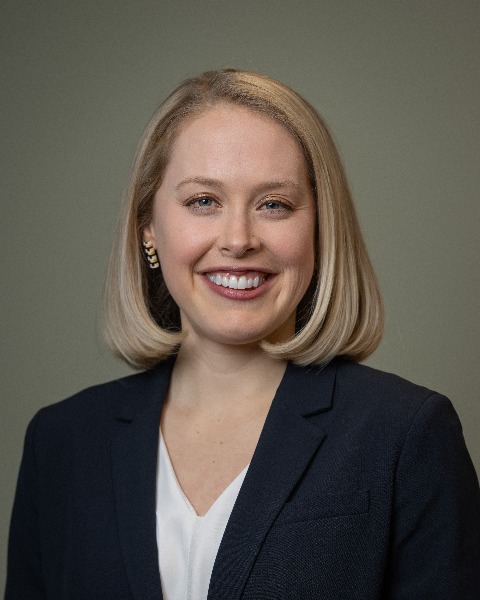Medical Education 10: Outpatient and primary care pediatrics
Session: Medical Education 10: Outpatient and primary care pediatrics
199 - Design And Implementation Of A Substance Use Curriculum In A Pediatric Community Health Rotation
Sunday, April 27, 2025
8:30am - 10:45am HST
Publication Number: 199.4057
Emily M. Masterson, Texas Children's Hospital, Houston, TX, United States; Heather Burrows, University of Michigan Medical School, Ann Arbor, MI, United States; Joanna Quigley, University of Michigan Medical School, Ann Arbor, MI, United States; Harlan McCaffery, University of Michigan Medical School, Ann Arbor, MI, United States; Margeaux Naughton, University of Michigan Medical School, Ann Arbor, MI, United States

Emily M. Masterson, MD (she/her/hers)
Cardiology Fellow
Texas Children's Hospital
Houston, Texas, United States
Presenting Author(s)
Background: Increasing numbers of teenagers and young adults meet criteria for substance use disorder (SUD) and die from overdoses, yet access to treatment remains limited. To train pediatricians to meet these demands, the Accreditation Council for Graduate Medical Education (ACGME) requires training on recognition of signs of SUD and has expanded mental health training requirements in the 2025 Pediatric Residency Program Requirements. However, there is little published demonstrating the best way to meet these needs in the pediatric residency training environment.
Objective: Investigate the impact of a virtual three-component “flipped classroom” curriculum on resident physician confidence in screening, counseling, treating, and providing local resources for SUD.
Design/Methods: A multimodal curriculum following the conceptual framework of situated learning-guided participation was designed using Kern’s Six steps for Curriculum Development. It was implemented at a large pediatric residency program in the Midwest during the required Pediatric Community Health and Advocacy rotation. Thirty-six residents participated in a blended learning model of pre-learning videos, live facilitated Zoom session for didactics and skills practice in screening, brief intervention, and referral to treatment (SBIRT), and a takeaway handout of local community resources. Online surveys were administered pre- and post-curriculum to assess resident attitudes, experiences, and knowledge of SUD. Results were compared between the pre- and post-surveys using Fischer’s exact test.
Results: Twenty-eight (78%) residents completed the pre-survey and 21 (58%) completed the post-survey. Prior to the curriculum, all survey respondents either somewhat or strongly agreed that they would like to receive more education about treatment of SUD during residency. After the curriculum, there were statistically significant differences in confidence in using a validated screening tool to identify patients with a SUD, treating patients for a SUD, and providing outpatient/ community resources (p < 0.05). Residents also reported statistically significant changes in perception of adequate training in treatment of SUD after the curriculum.
Conclusion(s): Pediatric resident physicians have a desire and need for more education about screening for and treating SUD. An innovative, blended SUD curriculum integrated into a pediatric community health rotation resulted in statistically significant differences in confidence in screening, treatment, and providing community resources for SUD as well as perception of adequate education on SUD during pediatric residency training.
Table 1: Pre- and Post- SUD Curriculum Responses
PAS Table 1.pdf
Table 1: Pre- and Post- SUD Curriculum Responses
PAS Table 1.pdf

